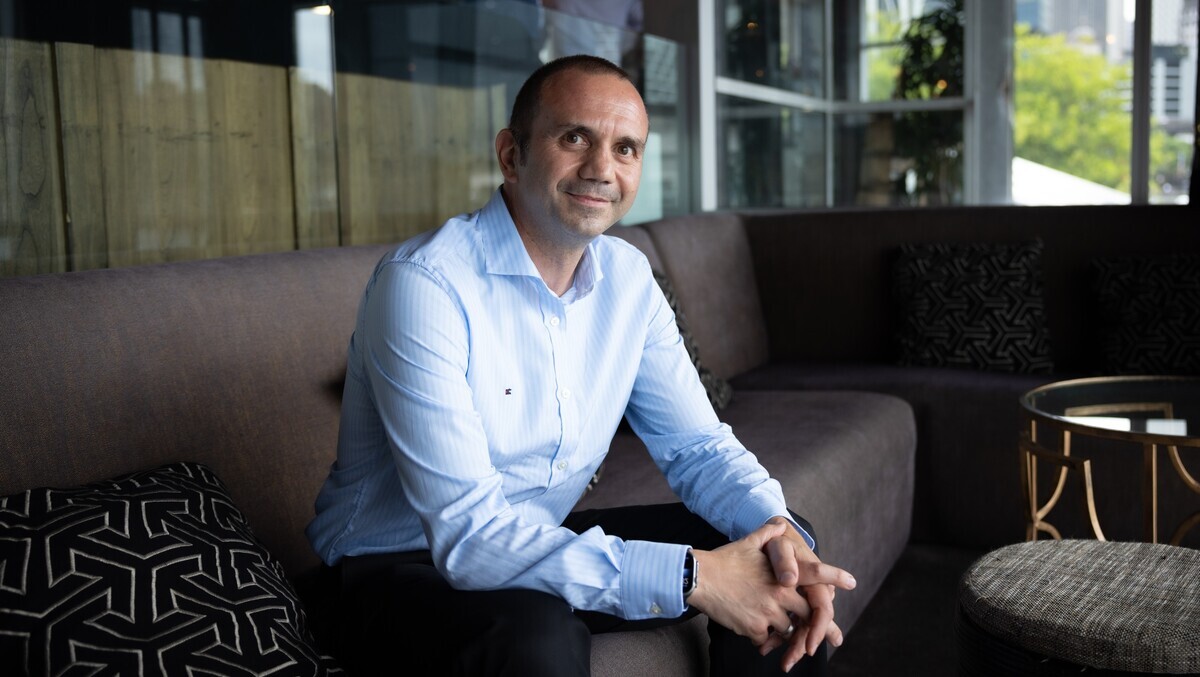How 5G is driving big innovations in healthcare for veterans
The nation’s largest healthcare system, the Veterans Health Administration (VHA) strives to deliver the same high-quality standard of care for the 9 million veterans it serves each year, regardless of health status or location.

The nation’s largest healthcare system, the Veterans Health Administration (VHA) strives to deliver the same high-quality standard of care for the 9 million veterans it serves each year, regardless of health status or location. Fulfilling that goal is tough for an organization with over 1,300 facilities, but the VHA has learned that using the right technology can make a big difference to success.
The organization is currently piloting private 5G networking, a foundational technology that can improve communications, which hospitals have struggled with for years. Since the radio waves cell phone services use don’t penetrate medical buildings’ concrete-and-steel walls, they can’t deliver signals to and from a cell phone tower. For that reason, most facilities use WiFi. But WiFi was designed to transmit data, not voice calls. As doctors and nurses travel along hospital corridors, the WiFi signal may switch access points, causing them to lose their connection during calls that could be critical.
A private 5G network works differently. It’s a cellular network designed to operate within the building, ensuring consistent high-quality reception. By avoiding the public internet, it also strengthens cybersecurity and supports patient privacy.
Once in place, a private 5G network allows hospitals to deploy advanced capabilities. A successful cutting-edge pilot program at a VA hospital in Livermore, CA illustrates some of the possibilities. Working with partners Verizon, Microsoft, and Medivis, the hospital has set up a secure, private 5G network–the first among VA hospitals – that is designed to power augmented reality (AR) applications for surgeons and medical trainees.
The ultra-fast, secure network has nearly zero latency, giving all surgeons equal access to advanced imaging tools for pre-surgical planning. During surgery, they can superimpose 3D scans on patients’ bodies as they operate, improving precision and accuracy. The network will also be used to create immersive, lifelike training for surgical residents. Currently, hospitals use mannequins or live actors to simulate patients, but they are expensive and require intensive planning and scheduling.
With a private 5G network, hospitals can provide augmented reality (AR) training to supplement or replace mannequins and actors. AR systems can be updated in real time, keeping trainees up to date with the latest information and techniques. Some training can be accessed remotely with a laptop and a headset, allowing hospitals to serve hundreds of participants across the globe with less planning and expense.
A 5G network could also help the VA keep better track of medical equipment. Like many hospital systems, the organization is understaffed, with 92% of facilities reporting a severe nursing shortage. Studies have shown nurses spend 21 to 60 minutes per shift searching for supplies and equipment, removing them from patient care and costing hospitals up to $14 billion dollars a year in lost productivity.
The nursing shortage is expected to grow, making enhancing efficiency a crucial goal. With a private 5G network, nurses can locate items they need using a mobile device, and obtain directions for the fastest route to reach them. They can also use intelligent video monitoring to receive alerts when patients at risk of falling attempt to leave their beds, helping to avoid a significant cause of injury.
Hospitals using 5G can add more capabilities, including establishing a secure, high-performance connection to all the cloud services they use. They can also securely share cloud-based information with other facilities using the system. Transmitting data over a private network makes it much harder for hackers to break in.
Many veterans receive home care through telehealth, which is especially valuable for the disabled and those who live far from providers. By deploying an easy-to-install, wireless base station, even veterans in far-flung areas can be assured of reliable connectivity.
The future is wide open for medical 5G networks, and these are just some of the services it can provide. Agencies may be able to obtain funding for proposals through the Technology Modernization Fund.
Discover more: https://www.verizon.com/business/solutions/public-sector/federal-government/veterans










